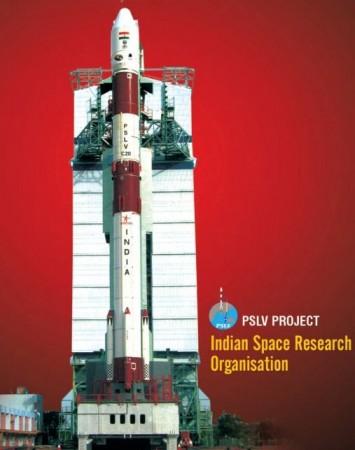
India is planning to launch the first of its seven navigational satellites of the Indian Regional Navigation Satellite System (IRNSS) in June, 2013.
IRNSS is India's version of the Global Position System (GPS) that provides information about the location and time in all weather conditions. The first of the seven satellites called IRNSS-1 will be launched aboard the polar satellite launch vehicle, PSLV-C22, from the launch pad in Sriharkota, Andhra Pradesh.
"We are preparing to launch the first of the navigation satellites constellation in June 2013 to provide position accuracy better than 10 metres over India and the region extending up to 1,500km around the sub-continent," state-run Indian Space Research Organisation (ISRO) chairman K Radhakrishnan told reporters at an event held to mark the 25th anniversary of the launch of India's first operational Remote Sensing Satellite IRS-1A.
IRNSS will provide multiple services to users including two basic services - standard positioning service for common users and restricted service for authorised users, Radhakrishnan said.
With the launch of IRNSS, India will join the race with China and Europe who are also working towards building their own version of the U.S. GPS. The European Space Agency (ESA) and the European Union (EU) are jointly working for a multi-billion-euro project to create their own navigation system - Galileo. They are planning to build a 30-satellite constellation and make it completely operationally by 2020.
India's neighbour China is building its own navigation system called BeiDou. China has already opened up its domestic sat-nav network for commercial use across the Asia-Pacific region, which was earlier restricted to Chinese military and government.
India began its first space exploration in 1962. One of India's major space missions is the launch of lunar probe Chandrayan - 1 in 2008. The probe found evidence of water on the moon's surface.
Space agency ISRO is planning to launch at least 12 missions in the next one year. It includes an ambitious space mission to launch a Mars orbiter between October-November. The mission is aimed at finding signs of life as well as clues that could shed light on why Mars lost its atmosphere.














